Why you can trust TechRadar
Battery life can be a difficult balance to maintain for a high-end smartphone. While a quad-core processor can give awesome performance, it tends to suck power cells dry. The same goes for 4G LTE service and a big screen. Manufacturers do have the option of allowing for removable batteries so users can swap in a back up cell, but that tends to make phones larger, and has consumer footing the bill for an additional battery.
Luckily, battery life is one place where the Droid Razr HD really shines. Its dual-core processor walks the line between peppy performance and energy conservation.
Battery life
The Droid Razr HD has a 2530 mAh battery. While it's not removable, it gets its handsome sealed design from this choice. We know a lot of users lament a lack of removable battery, but we think Motorola made the right decision, since we never had trouble making it through the day on a single charge.
Throughout all our normal, day-to-day testing, we never managed to drain the battery, even with frequent 4G use, plenty of photo snapping and gaming. On a day of average usage, making phone calls, writing emails, text messages and surfing the web, the phone would generally end up with a battery percentage in the high 60's.
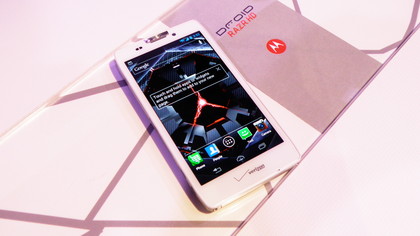
Officially, Motorola rates the Droid Razr HD for 7 hours of YouTube streaming, and 6 hours of 4G LTE. We'd say the phone definitely lives up to these numbers, give or a take a little depending on how many programs you have running in the background.
This stalwart battery life is becoming something of a signature for the Droid Razr line. The original Droid Razr from last year had just a 1780 mAh cell, so the move up to 2530 mAh is a substantial adjustment.
And the Droid Razr HD isn't even the longest lasting of the new Droid family. The Droid Razr Maxx HD has a whopping 3300 mAh battery, just like its predecessor, the original Droid Razr Maxx HD.
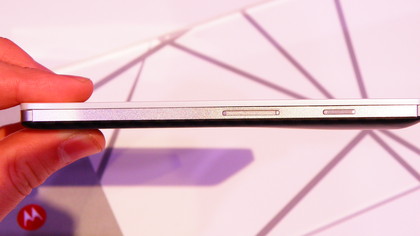
In addition to hefty batteries, the new Droid's have Motorola's Smartaction software, which can automatically implement charge-saving settings. WiFi, Bluetooth, push notifications and other data services can be set to automatically turn off when your phone drops to a certain level of charge.
Just to try it out, we drained the battery down to 5% and let Smartaction do its thing. The phone lasted for over an hour in standby.
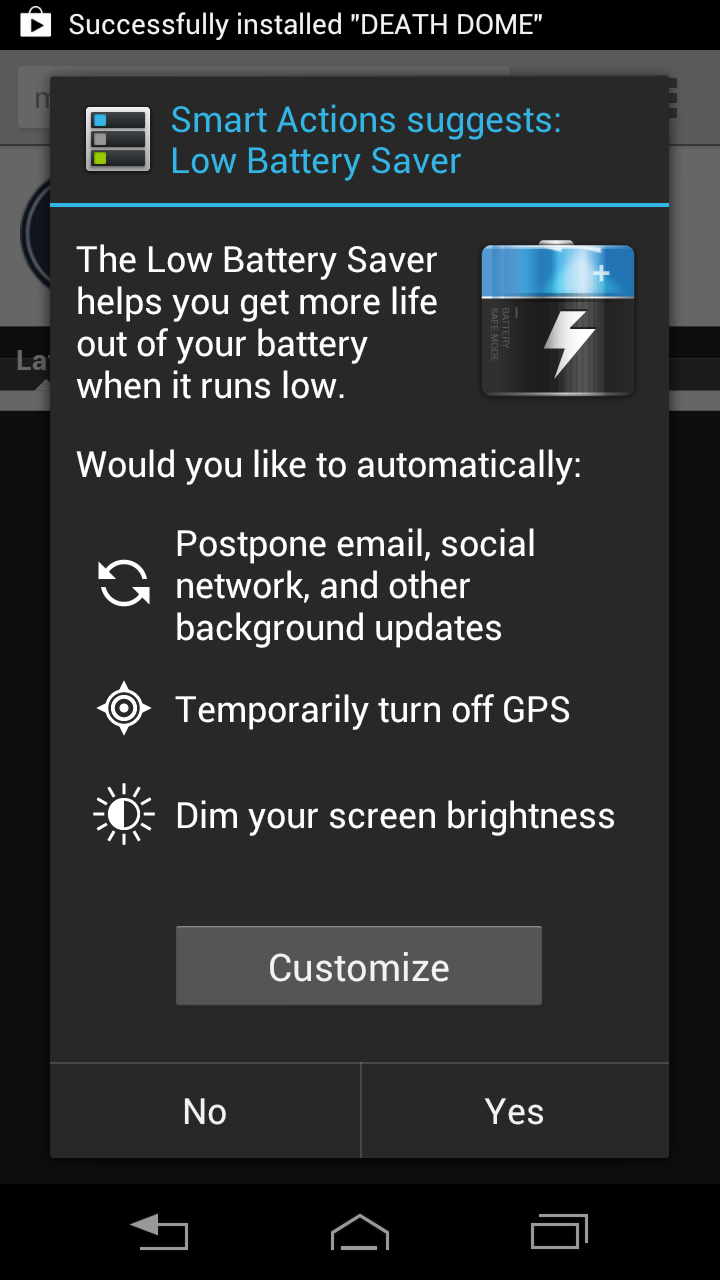
We gave the Droid Razr HD the TechRadar battery test, where we maximize screen brightness, turn on WiFi, GPS and push notifications for Twitter and email, then play a video file for ninety minutes. At the end of it, the Razr HD still had 83 percent battery remaining. That's right with the Samsung Galaxy Note 2 and Galaxy S3, which scored 82 and 83 percent, respectively. That's stellar battery performance, though it is less than the original Droid Razr Maxx, which scored a curve-wrecking 90%. We likely have a 4G LTE and a bigger, richer screen to blame for that. A fair trade-off, we'd say.
Bottom line, battery life is a real strength of the Droid Razr HD. We're glad that it is, since it more than makes up for the lack of removable battery. It actually makes us wonder if it's worth paying $100 more for the Droid Razr Maxx HD, since other than another 16GB of storage, its main bragging point is an even bigger battery.
Connectivity
As most Android phones, there are several clients available for moving files to an from your Droid Razr HD, whether you're on a PC or a Mac.
Verizon Backup Assistant Plus
The carrier provided Verizon Backup Assistant Plus can be used for transferring, backing up and syncing files and contacts. It can be set to automatically perform these functions as soon as you connect the Droid Razr HD to a computer using the included USB cable.
Unfortunately, we found it to be completely unreliable. When connecting the Razr HD to our MacBook Pro, it would crash literally every time. It never once completed a full sync.
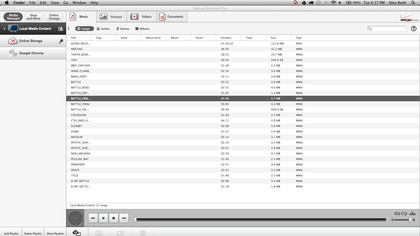
Fortunately, as we mentioned, there's no shortage of options for Android file transfer solutions, so you won't ever need to use Verizon's garbage software.
The standard Android File Transfer software works just fine. You manipulate files just as you would with a Finder window. You can also transfer to the phone's SD card, and have your computer read from that, or vice versa.
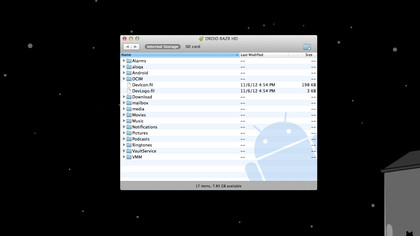
There are also plenty of options for wirelessly uploading pcitures and videos you taken. Google Drive, Picasa, Flickr and Dropbox support are all built in, or you can easily upload to the social network of your choice.
